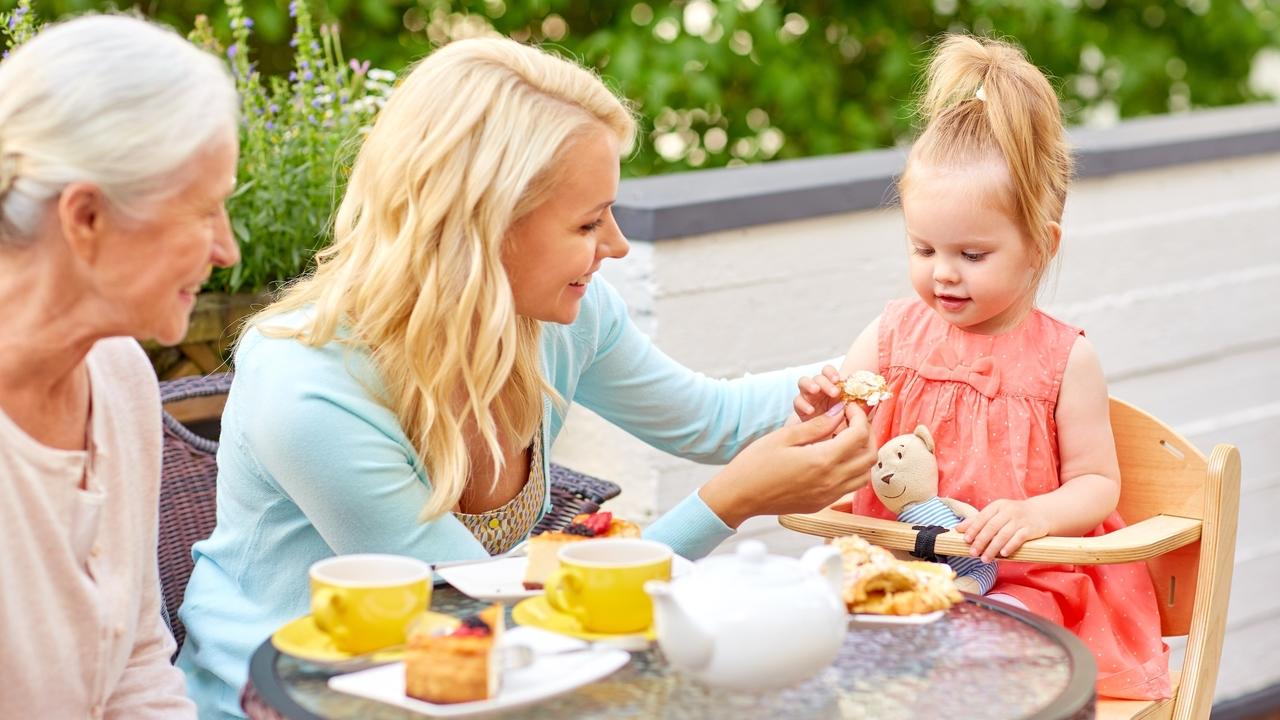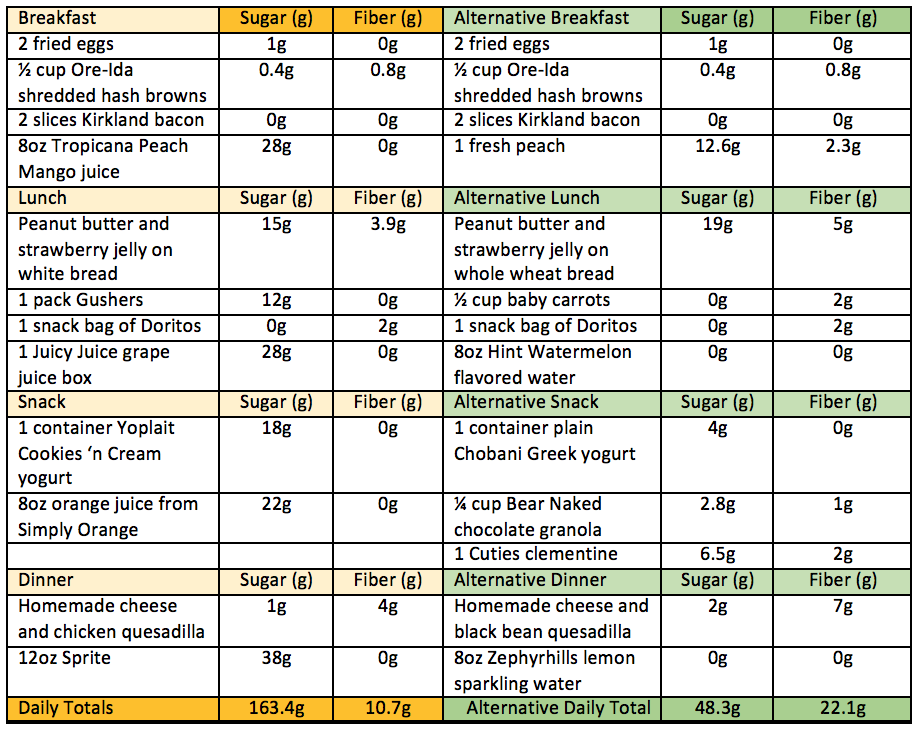The Constipation Solution, Increasing Fiber

Who gives a poop?!
I talk to a lot of physicians about “poop.” It’s true. Most pediatricians I know say they get questions about bowel movements for at least half of children they see. In fact, 3-5% of pediatric outpatient visits are just related to constipation. For pediatric GI specialists, it’s 35% or more of ALL their visits. Although people think of constipation as infrequent bowel movements, it can also describe large bowel movements, holding a lot of stool in your body (e.g. fecal load), or bowl movements that are overly firm or hard.
Constipation is often related to a variety of factors. It can be impacted by foods, fluids, movement, medications, and other health conditions. Some of these are more readily changed than others. When children don't have enough fluids or fiber, potty training can be really challenging. When children are constipated, they are more likely to have poop accidents, resist using the potty for bowel movements, or request a pull up or diaper when they ready to poop.
The Fiber Solution
Generally speaking, increasing fiber can make a big difference in helping children to have regular, soft stool. The American diet is low in fiber. In comparison to even 20 or 30 years ago, Americans eat far more professed foods and a lot less fiber. Our food is packed with preservatives, binders, stabilizers, and added sugars. They make for a great shelf life, but they aren’t processed as easily by our bodies.
And, children can be picky eaters.
The American Academy of Pediatrics (AAP) has an easy formula for calculating fiber amounts for young children. Simply use your child’s age plus 5 to 10 grams. So, if you have a 2-year-old, you should aim for a minimum of 7 grams of fiber daily, and your child is unlikely to experience any negative effects of fiber if they eat up to 12 grams.
Eating more fiber isn’t necessarily bad for you, but it can increase the likelihood of an upset tummy. Once age plus 10 grams is exceeded, parents should be on the lookout to assure their child isn’t experiencing any cramps, bloating, or gas. When increasing fiber, start with minimal introductions. That will assure you reduce the risk of any negative physical symptoms.
To get an idea of whether your child needs to increase their fiber, take note of your child’s diet for a day or two. You can use a tracker such as MyFitnessPal to calculate the amount of fiber in each meal and for the day. Here’s an example of one mom’s tracking for her 7-year-old daughter, Karen.

Karen’s mom began working with us because her daughter was experiencing large painful bowel movements and had occasional nighttime bedwetting. Ongoing struggles with constipation were likely to be contributing to both.
Her moms tracking showed that Karen's diet was pretty typical of many children. We noticed her sugar consumption was quite high (more on that later), and her daily total of fiber was 9 grams. When we apply the AAP guidelines of age + 5 to 10 grams for Karen, her target would be between 12 and 17 grams of fiber daily (7 years old + 5 to 10 grams of fiber = 12 to 17 grams of fiber). Karen needs more fiber.

An Easy Way to Increase Fiber- Meal Adjustments
A few substitutions in Karen's diet could really make a HUGE difference in the amount of daily fiber she was getting. It's easy to become overwhelmed with the idea of making a huge overhaul to our child’s diet. Rather than trying to reinvent the wheel, start with a few substitutions to what your child is already eating. For example, if your child loves Goldfish, consider the whole grain Goldfish.


You can adjust a meal by taking the ingredients or components and substituting them with fiber-rich variations. Whole grain variations for breads, pastas, or other snacks is an easy start. Substituting fruit juices with whole fruits is another.
When Karen’s mom made a first attempt at a meal adjustment, she replaced Karen's pancakes with a whole wheat version and provided her with some raspberries which Karen loves rather than her standard glass of OJ. The fiber total for the meal increased from 1 gram to 6 grams. All in all, a pretty successful meal adjustment.
Karen’s mom used the same strategy on an entire day. She took her exact meals from her day of tracking and made minor adjustments to each meal. She replaced foods with the whole grain variations, incorporated more whole fruits, and reduced juices and sugary drinks. Here’s what her first full-day meal adjustment effort looked like.

24 grams of fiber is a great total. You might be asking if that is too much fiber. There are variations on recommendations for fiber. If your child's fiber is lower than age + 5, start there. If you have a child between 4-8 years old, some dietary recommendations suggest getting 25 grams of fiber daily. If your child isn't experiencing gas or bloating from increasing fiber, this would be a wonderful fiber goal that ensures good digestive health.
When Karen’s mom made these replacements, Karen didn’t notice ANY differences except for the absence of her Hawaiian Punch. Karen’s mom elected to keep the Hawaiian punch, but decrease the size to 6 ounces at a time as they moved ahead. Overall, this change is incredible. Karen’s sugar intake was cut by almost half and her fiber more than doubled. Wow!
Watch Out for Increases in Sugar
So here is the Catch-22 of making fiber replacements in processed foods. Many fiber rich packaged products have high amounts of added sugar. The AAP recommends less than 25 grams (about 6 teaspoons) of sugar per day for children 2 years of age and older. Karen was getting over 130 grams of sugar a day- primarily from juices and drinks. There’s a lot we don’t know about the impact of processed foods, but what we do know is that diets high in added sugars put children at risk for obesity, tooth decay, heart disease, high cholesterol, high blood pressure, type 2 diabetes and fatty liver disease, among other health problems.
So if you focus on changing meals with products touted for being "fiber rich" look for added sugars. For example, a cup of Chocolate Frosted Mini-Wheats has 6 grams of fiber- that’s great. For a two-year-old, that’s almost the entire daily requirement. But, just the cereal (12 grams of sugar in a cup) and the milk (12 grams of sugar in 8 ounces of 2% milk), result in 24 grams of sugar. Add in a banana and suddenly, you’ve had 36 grams of sugar in one meal without even having a candy bar or donut. 
When Making Meal Replacements, Mind the Sugar!
When Karen’s mom followed up her meal adjustment with this meal replacement, it’s was still a step in the right direction. Karen got almost 9 grams of fiber towards her 12 gram targeted minimum daily fiber goal, and her sugar total still decreased when compared with her original breakfast of pancakes, syrup and OJ.
However, when we look at the pancakes 6 grams of sugar and compare it with the 12 grams of sugar for a bowl of cereal, it no longer feels like such a win.
When we looked at the tracking for Karen’s week, she was getting and average of over 130 grams of sugar a day! A lot of her sugar total came from juices and drinks.
Look to Increase Fiber while Decreasing Sugar when Making Meal Replacements
In the example meal replacement below, sugar is reduced to 3 grams and fiber continues to remain high. This would be our ultimate goal. 
Look for Progress Not Perfection
Karen’s mom was invested in having her daughter increase her fiber but also decrease her sugar. The small successes she had in making meal adjustments led her to try to continue tracking her meals so that she could compare how Karen’s nutrient profile changed over time. It's easy to get overwhelmed or discouraged if you're falling short of a goal you have in mind, but those small progressions add up over time.
Here was another example of one of Karen’s daily meal adjustments.

This is great progress. Karen’s fiber was increased to more than her targeted minimum and her sugar was reduced significantly. Karen’s mother was initially disappointed that her replacements didn’t fall below the recommended 25 grams of sugar a day, BUT her minor changes resulted in reducing Karen’s weekly sugar by approximately 600 grams or almost 150 teaspoons of sugar. That’s quite an accomplishment!
Good Digestive Health Makes for Easier Potty Training
Once Karen had better digestive health, she more readily used the bathroom too. She didn't resist the urge to poop because bowel movements were large and hard. She also stopped night-time bedwetting. Increasing fiber was a big component what Karen and her family changed to support her health.
If you have a child who is hiding to go poop, requesting a diaper or pull up to poop in, or who appears to have large or uncomfortable stool, track their fiber intake and get an idea of how much they are getting daily. We wouldn't recommend a child start potty training unless they have been getting age+5 grams for at least 2 to 3 weeks. You can check out a bit more about readiness by taking our free potty training readiness test here.
Some Great Fiber Options
While making any minor changes is valuable, there are some fiber-rich foods you may want to consider adding that might not currently be a staple in your child’s diet.
- Almost all berries are a great source of fiber, raspberries particularly
- Fruits and vegetables with skins like apples and potatoes (if you eat the skin)
- Whole grain breads, spaghetti, or rice
- Popcorn!
It’s not uncommon for parents to feel overwhelmed when considering changes to their child’s diet. The big take-away should be that even small simple adjustments are worthwhile. If you find yourself struggling, let us know. We’d love to help.
We also love hearing about foods and recipes that your family has successfully adapted. If you have fiber rich foods (or recipes) you enjoy- like my famous guacamole, I’d love to hear about them. Send me a note at [email protected]
Best,
Amanda
Take the Potty Training Readiness Test Today!
Want to know if your child is ready for potty training? Take our free mini-course and know for sure.

